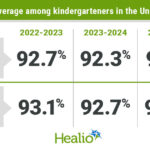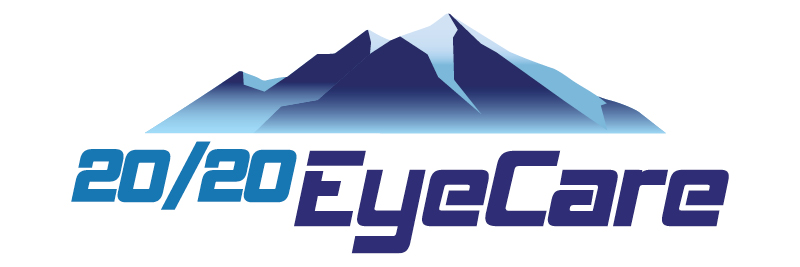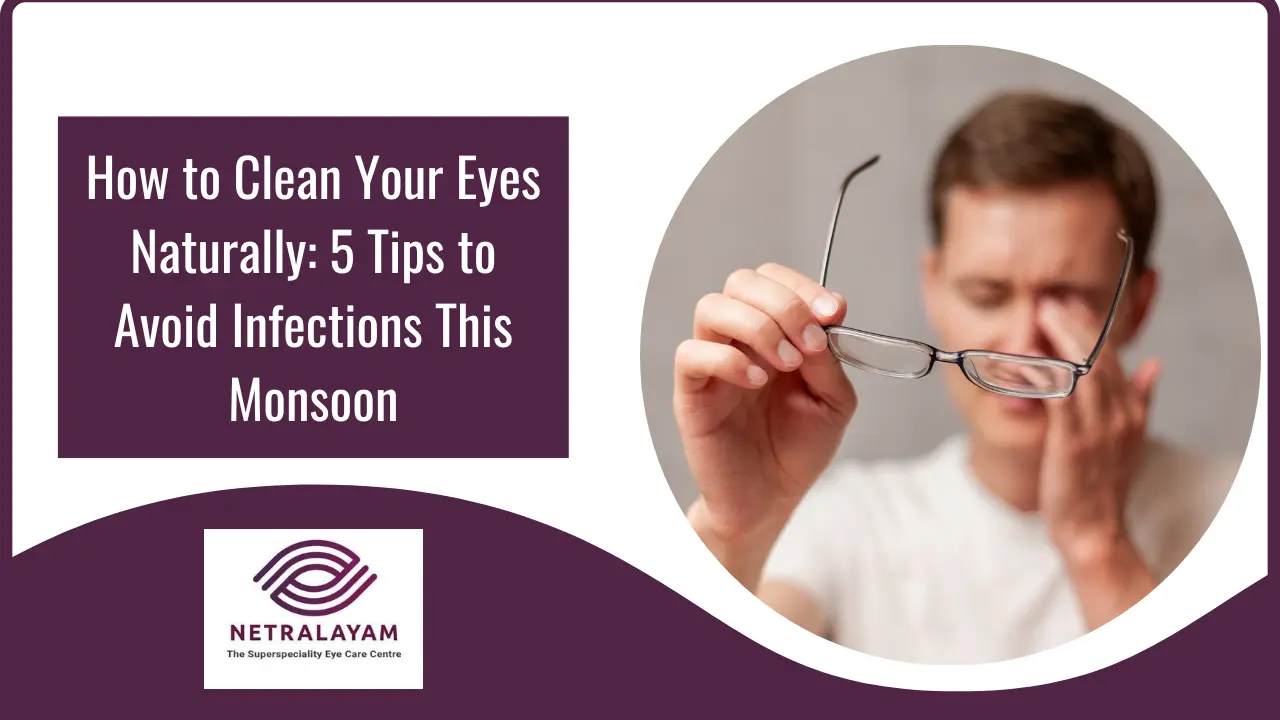It used to be that an eye exam focused mostly on how well you could read letters on a chart. But today, eye doctors like us at 20/20 Eyecare ask about your screen use. How many hours a day do you spend on your phone? Your computer? Your tablet? These questions aren’t small talk—they’re essential to understanding your overall visual wellness in a world dominated by digital devices.
What Has Changed? Eye Health in the Digital Age
Over the past two decades, digital screens have become the cornerstone of work, education, and entertainment. Most Americans now spend more than 7 hours a day looking at screens, and for many, it’s much more. This digital immersion has transformed how our eyes function day-to-day—and it’s changed how we deliver care.
The Rise of Digital Eye Strain
Extended screen time can lead to a condition known as digital eye strain, or computer vision syndrome. Common symptoms include:
- Blurred or double vision
- Eye fatigue or heaviness
- Headaches, particularly behind the eyes
- Neck and shoulder tension from poor posture
- Dry eyes caused by reduced blinking
When we ask about your screen use, it’s because these symptoms often stem directly from how, when, and where you’re using your digital devices.
Screen Habits Guide Eye Health Diagnosis and Treatment
Understanding your digital behavior allows us to tailor both diagnosis and treatment more effectively. For example:
- If you work long hours on a laptop, we may recommend specialty lenses designed to reduce near-vision strain.
- If your eyes are dry or red by the afternoon, we may discuss blinking patterns, hydration, or environmental humidity.
- If you’re a gamer or content creator using screens late at night, we might explore the effects of blue light on melatonin production and sleep quality.
All of these insights allow us to recommend specific lifestyle changes, vision therapy exercises, or lens coatings that better support your visual needs.
The 20-20-20 Rule: Still a Gold Standard
One of the easiest and most effective habits we promote at 20/20 Eyecare is the 20-20-20 rule. Every 20 minutes, look at something 20 feet away for at least 20 seconds. This simple break allows your eye muscles to relax and prevents prolonged focusing fatigue—a leading cause of digital eye strain.
Kids, Teens, and Screens: Clear Vision and Healthy Eyes
Digital habits are especially important for children and teens. Prolonged near work can contribute to myopia (nearsightedness), which is on the rise globally. When we ask young patients and their parents about screen time, we’re not just curious—we’re looking for red flags that could point to developmental changes in vision. Catching these early gives us more options for managing progression.
Customized Eyewear and Lens Technology
Once we understand your screen routine, we can recommend glasses that fit your lifestyle. That might include:
- Blue light filtering lenses to reduce screen glare and improve comfort
- Anti-reflective coatings for sharper vision in mixed lighting
- Progressive or office lenses for multiple focal distances during computer work
Monitoring Long-Term Eye Health
By keeping track of your screen habits over time, we can observe how they correlate with vision changes, dry eye development, or fatigue patterns. This data helps us adjust your care plan proactively—whether that means new prescriptions, screen hygiene tips, or regular follow-ups to monitor strain levels.
If it’s been a while since your last eye exam, now’s the time to check in—not just with your eyesight, but with your screen habits too. Schedule your comprehensive digital eye wellness exam with 20/20 Eyecare and let us help you adapt your vision to the digital world—comfortably and clearly.










